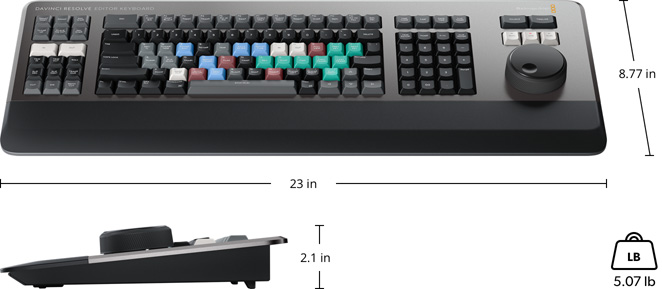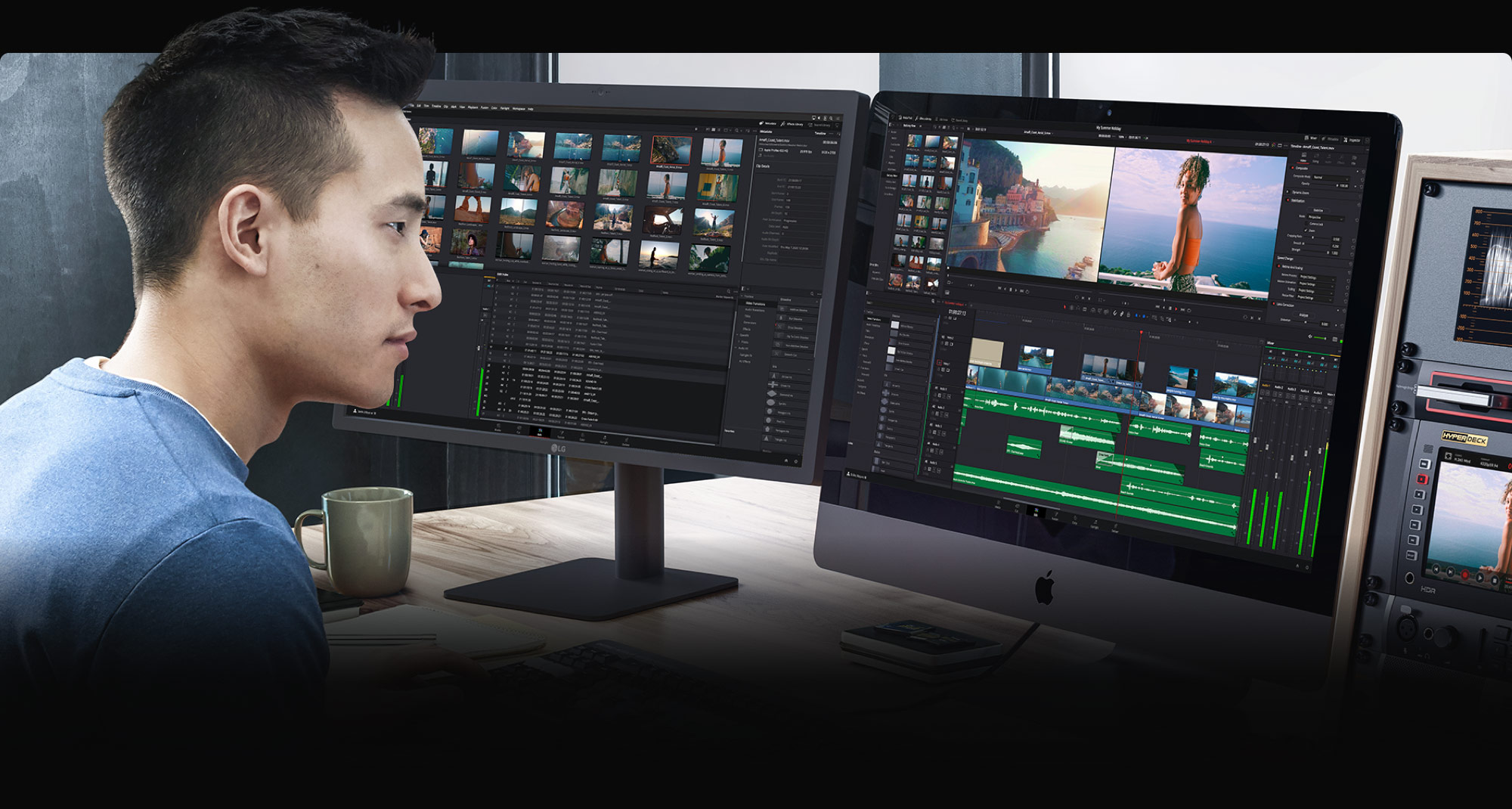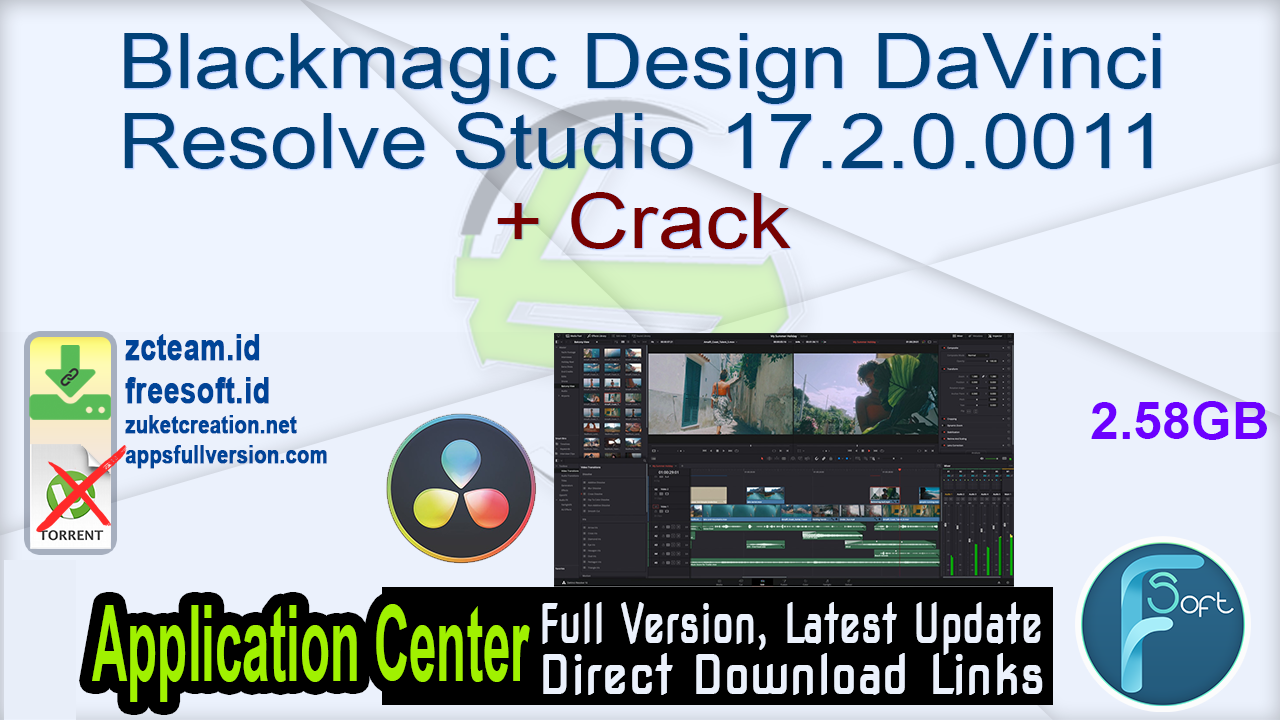

A 3-drive RAID 0 configuration in the Quad Pro achieves speeds of 6GB/s, which is perfect for a 6K or 8K workflow. Three drives in RAID configuration as a editing/footage partition - dedicated for storage of the project, source media, media cache and scratch files.

Supporting up to four m.2 NVMe flash storage drives on one PCIe slot, each reaching 1750MB/s write and 2500MB/s read speeds, the Z Turbo Drive Quad Pro is the ultimate footage drive. The Z Turbo Drive Quad Pro yields the absolute maximum in performance - remarkable drive speeds combined with massive flash storage capacity. Hard drives also work well for storing export files as the export/rendering process is generally not write intensive. M.2 NVMe PCIe 3.0 SSD performs at ~2500MB/sįor long term storage or backup, infrequently accessed files, we recommend a 4TB to 18TB hard drive.

Secondary Drive: SSD for active projects a dedicated SSD will offer optimal performance.Primary Drive: SSD for the operating system and applications.We recommend having two solid-state drives which provides the best performance: This allows for greater precision when performing calculations and drawing images.

Lastly, NVIDIA enables double precision floating point (FP64) capability on Quadro cards only (note: the new GeForce RTX also have this feature enabled). In terms of drivers, Quadro cards also get special drivers that are validated for professional grade applications such as for 3D modeling, animation, etc. In addition, Quadro cards have a larger video memory frame buffer that features error correction technology. This results in better reliability, lower power consumption and lower heat output. Furthermore, Quadro cards are a little more reliable because NVIDIA chooses the higher quality graphics chips for them. For example, NVIDIA controls the specifications and quality assurance on all Quadro cards, while with GeForce cards the specifications and quality assurance are managed by the third party board partners. However the GeForce and Quadro cards are not quite the same. So why does the Quadro cost multiples more than the GeForce? The main reason is because the target customers for Quadro cards, namely large content production studios, oil and resource exploration companies and engineering firms can afford these cards which allows NVIDIA to charge a premium for the couple extra features they enable. In fact, the processors come off of the same assembly line. In short, the actual graphics processor powering both series of cards is exactly the same. A common question we get is whether to go with a GeForce or Quadro graphics card and what the main differences are.


 0 kommentar(er)
0 kommentar(er)
